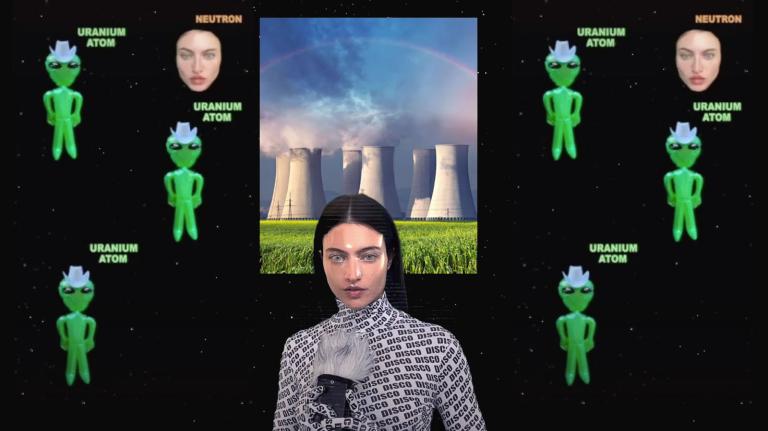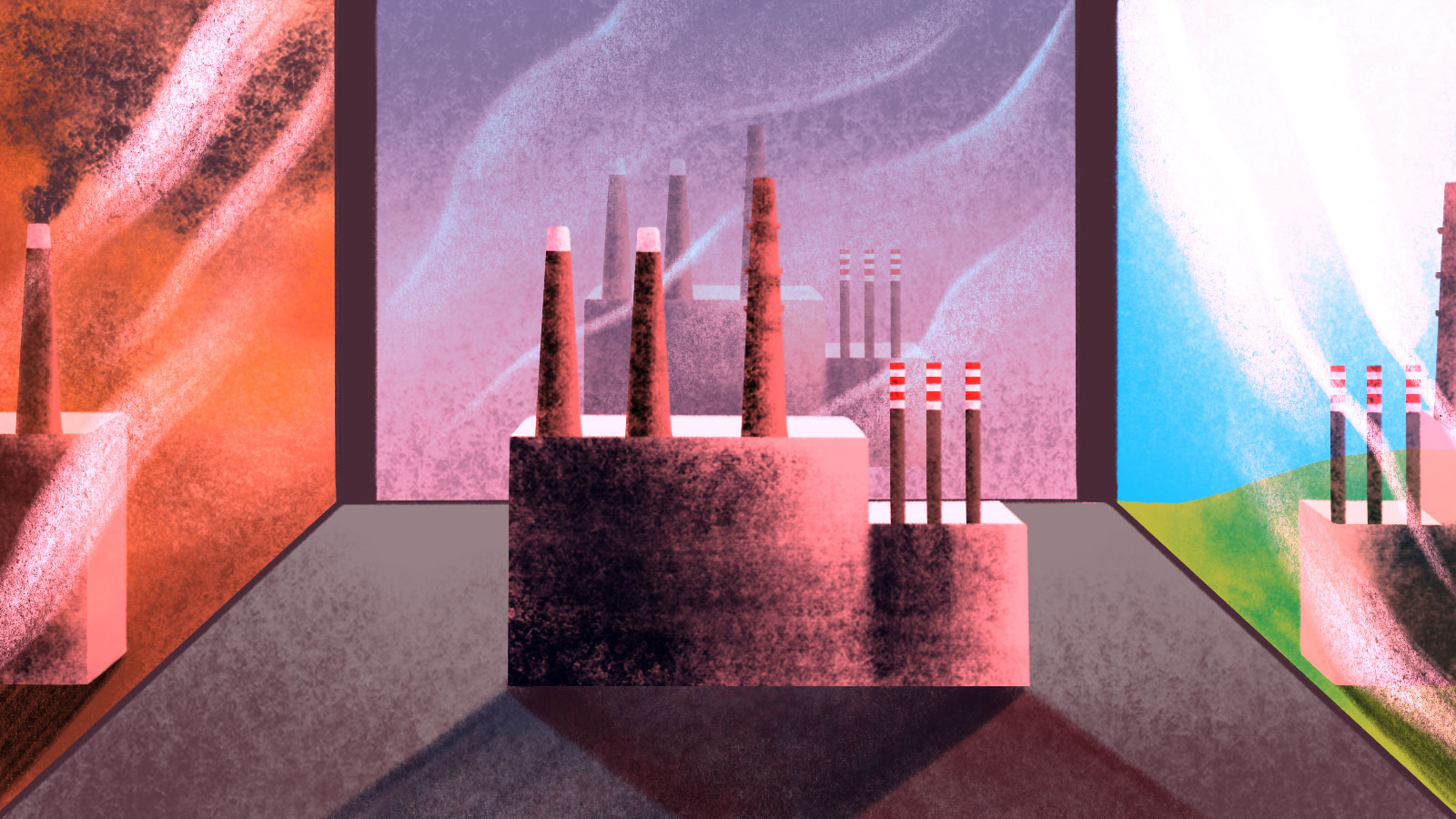Imagine Joe Biden is wrapping up the first year of his presidency, and long-awaited legislation to address climate change is just shy of the finish line. It’s been a slog, with swing-vote conservatives bargaining to water down the bill, protect their pet industries, and add pork-barrel projects. Then, before the final votes, a batch of progressives, who had hoped Bernie Sanders would win the Democratic Party’s nomination for president, threaten to sink the legislation: They argue that Democrats have given away too much to win over a few centrists — and hate that the bill puts a price on carbon.
This isn’t just speculative fiction. It’s exactly how politics played out in California in 2016 as the state struggled to reauthorize its keystone climate-change law. The legislature managed to pass the reauthorization the following year, amid a furious debate that didn’t end when Governor Jerry Brown signed the bill.
It’s a debate over priorities, global versus local. California’s system for capping and trading greenhouse gases is aimed at a global crisis, climate change, but the argument over the scheme centers on a local issue: dirty air spreading within neighborhoods surrounding polluting factories and power plants. On one side are advocates for climate action. On the other side are activists for environmental justice, the movement to reverse the historical trend of dumping pollution on poor people and Black and Hispanic communities. At the surface, the struggle is over facts — over whether pricing carbon makes local air pollution worse — but there’s also a deeper and much more significant disagreement: Most environmental justice advocates aren’t fundamentally opposed to putting a price on carbon; they are opposed to the political pattern, repeated several times over, where politicians trade away working local air pollution laws to tackle the global problem of climate change.
This struggle could easily repeat itself at the national level if Biden wins in November. After all, the term “environmental justice” was a term relegated to environmental circles until the recent Democratic primary, when it was on the lips of nearly all of the major candidates.
“If a Democrat is headed to the White House in November, environmental justice concerns are going to be front and center,” said Meredith Fowlie, an economist at the University of California, Berkeley. “There is something that we can learn from California, and it’s crucial that we learn it.”
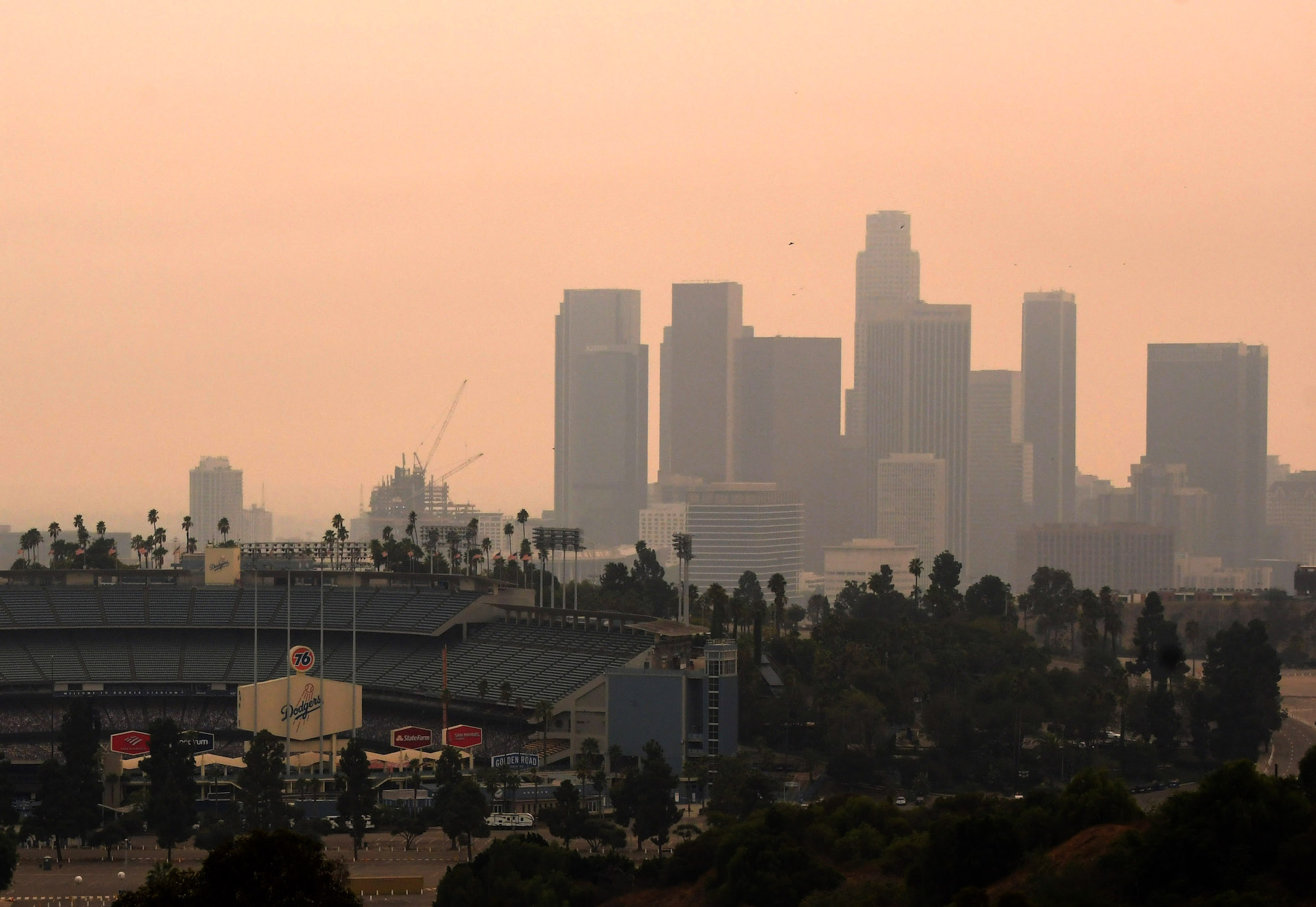
A view of downtown Los Angeles and Dodger Stadium through the smoke from the 2020 wildfires. Keith Birmingham / MediaNews Group / Pasadena Star-News via Getty Images
A similar story to California’s has already played out in Washington state, where three efforts to put a price on carbon have failed in recent years. The first was a ballot initiative that didn’t muster enough support from environmental justice activists or voters; the second effort died in the legislature; and the third, in 2018, was led by justice advocates and would have directed money to vulnerable communities. Voters still rejected it.
The fissure over cap and trade in California started with a distrust of markets, said Alvaro Sanchez, the environmental equity director at the nonprofit Greenlining Institute (and a member of the 2019 Grist 50). The idea behind cap and trade, as well as carbon taxes, is that putting a price on carbon emissions will allow the market to do work that would normally be reserved for government regulators; in this case, cutting pollution. But the market doesn’t care about protecting the vulnerable. So activists and experts expected cap-and-trade programs would turn many Black and Latino neighborhoods into dumping grounds.
“It’s hard to trust the market when the market has never brought justice to these communities,” Sanchez said.
There’s some evidence that smokestacks pumped more pollution into the lungs of people living in gritty industrial areas after cap and trade went into place. A preliminary study of the program — coauthored by Grist board member Rachel Morello-Frosch — found that in the first couple of years under cap and trade, localized greenhouse gas emissions had increased in disadvantaged neighborhoods.
In 2018, when the same team that conducted the preliminary study of California’s cap-and-trade scheme’s early years published an updated and peer-reviewed version, it seemed to further confirm the fears of environmental justice advocates. The researchers examined how pollution had changed from 2013 to the end of 2015, the first three years of cap and trade. Some activists called it the “I told you so report,” because it again showed that pollution had gone up in poor and non-white neighborhoods near smokestacks.
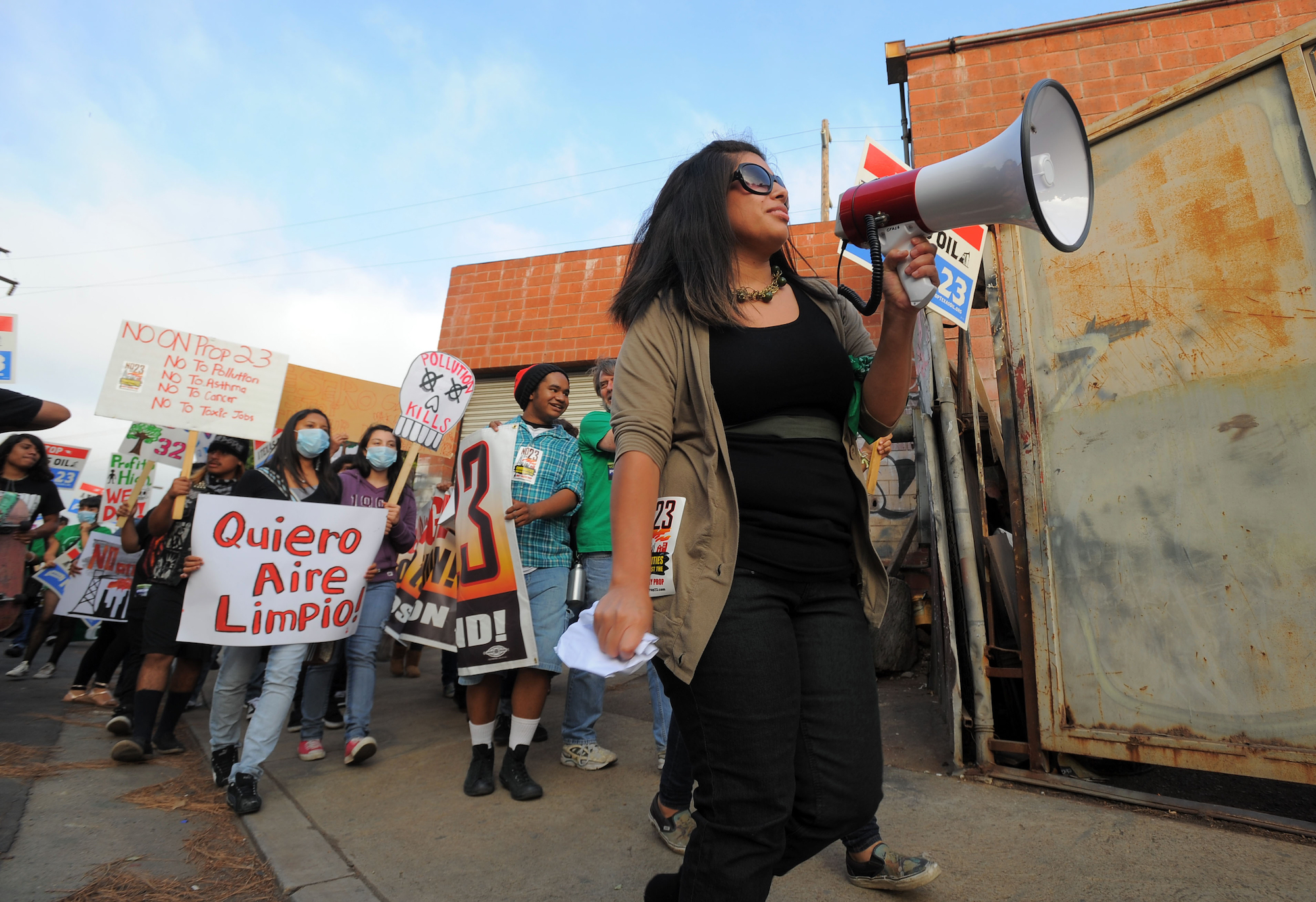
Activists for cleaner air march toward the Tesoro refinery on Pacific Coast Highway. Scott Varley / Digital First Media / Torrance Daily Breeze via Getty Images
While this 2018 study found that the air quality had gotten worse, according to the paper’s lead author Lara Cushing, it didn’t actually show that cap and trade had made it worse. There was no evidence of cause and effect. Several changes could have been responsible — the economy was booming and polluting gas plants ramped up sharply when San Onofre Nuclear Generating Station shut down in 2013.
“It’s really hard to disentangle whether changes can be attributed to a program or not,” said Cushing, an environmental health professor at the University of California, Los Angeles. “There are all these other things going on. We had a huge recession in 2008 so emissions were down relative to where people thought they would be in 2013 — so the cap greatly exceeded the amount of pollution that was being emitted because the economy was still recovering.”
Meredith Fowlie says the bulk of studies on cap and trade doesn’t support the conclusions of environmental justice advocates. “The weight of the evidence contradicts the idea that cap and trade hurts Black and brown people,” she said.
Back in 2012, Fowlie and two other researchers published a paper showing that an early pollution-trading scheme in Southern California — think of it as a proto-carbon price — lessened pollution across all neighborhoods, regardless of who was living there. A few years later, another study critiqued Fowlie’s research and refined the methods, but largely came to the same conclusions.
A new addition to the research Fowlie mentioned is a working paper (which means it hasn’t yet been peer-reviewed) in the National Bureau of Economic Research, which tackled the question of cause and effect directly. “We don’t know from an empirical point of view whether cap and trade was helping or hurting,” said Danae Hernandez-Cortes, an economics graduate student at the University of California, Santa Barbara, or UCSB, and lead author of the new paper.
California polluters have been spewing less grit into the air in recent years, but it’s hard to tell if that’s due to changes in the weather, the economy, or cap and trade. To zero in, Hernandez-Cortes and Kyle Meng, who researches environmental economics at UCSB, compared the giant refineries and power plants — which have been regulated by cap and trade since 2013 — to small factories that aren’t constrained by the state’s scheme.
They found that, as soon as cap and trade kicked in, the big emitters began polluting less. But who benefited from that improvement — everyone, or just those who lived further away from point sources of greenhouse gas emissions? Meng and Hernandez-Cortes figured out where the wind was blowing dirty air by plugging their pollution data into a weather model. After the computers did a lot of high-powered number crunching, they had their result.
The model suggested that California’s cap-and-trade program had decreased pollution and distributed it more equitably throughout the state. But models are never spot on — they return a spread of outcomes of various likelihoods. And just under half of those results suggested there might have been some concentration of emissions in poorer parts of the state under cap and trade. In other words, Meng and Hernandez-Cortes think it’s most likely that cap and trade reduced pollution more in poorer, browner locales than in richer, whiter neighborhoods, but they can’t be certain. And according to the research, no one can.
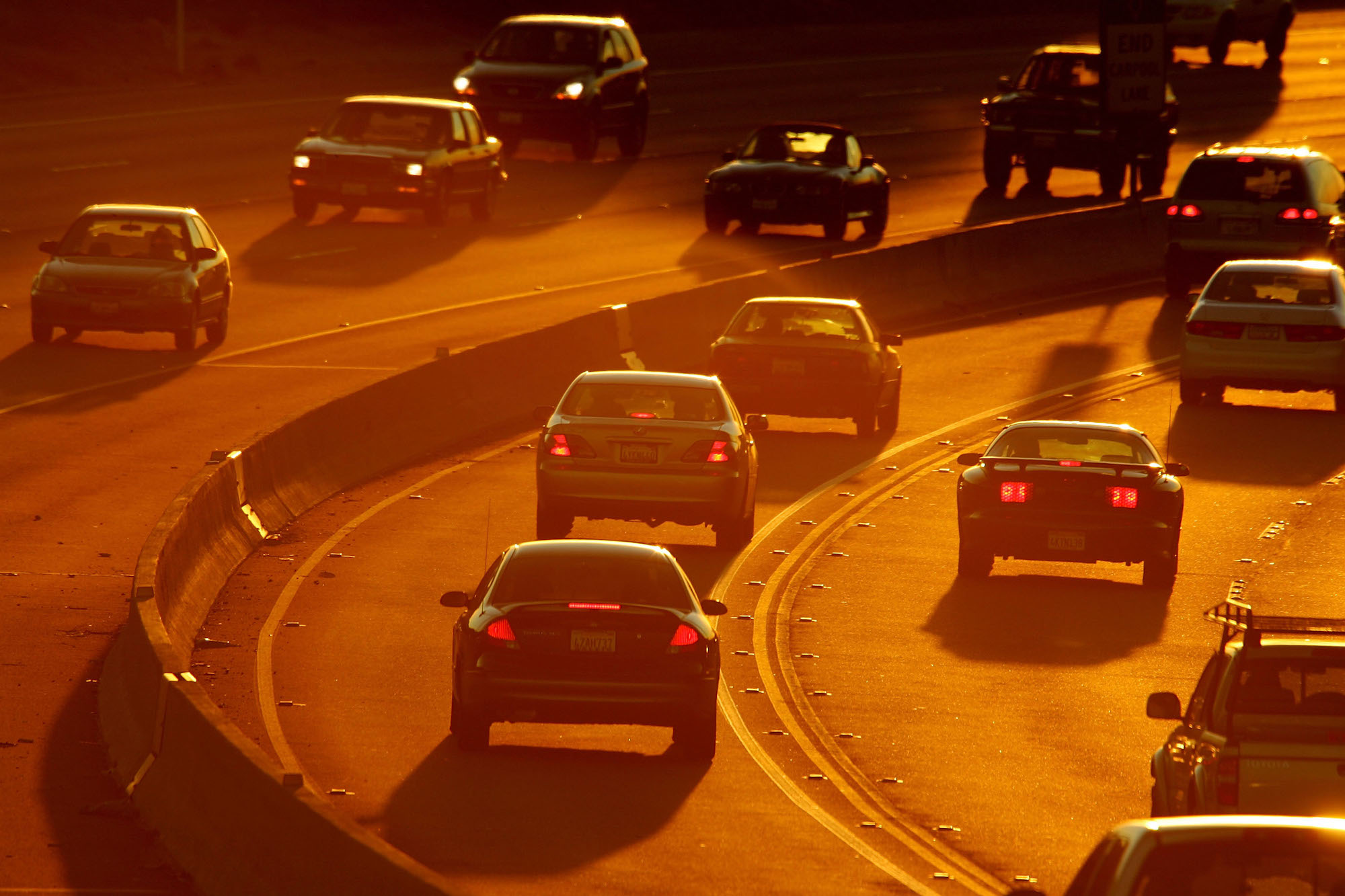
Cars cut through smog on a highway in Simi Valley, California. Getty Images North America
This paper has its critics. Danny Cullenward, an energy economist at Stanford, was scathing in his assessment, calling it a “hit job” designed to “dunk on” environmental justice activists. He had big problems with the paper’s methods, but the thing that really made him angry was the framing. It’s not surprising that cap and trade is better than nothing, he said, but the choice was never between cap and trade and nothing. In California, when lawmakers passed the cap and trade law, they bartered away more direct regulations on sooty smokestacks.
Meng and Hernandez-Cortes said their focus wasn’t tied to a political agenda; they were simply looking where they had data. The pollution policies pre-empted by cap and trade never happened, so there’s no data on how they would have cleaned up the air. The economists could only compare what happened before and after the scheme was implemented.
“If you want to call it a weakness of the paper, it’s something we totally own up to,” Meng said.
Katie Valenzuela, the policy and political director of the California Environmental Justice Alliance, had a front-row seat in the statehouse in 2016 and 2017, as the top advisor to the politicians hammering out California’s climate change policies. She watched as the lawmakers scrapped pollution controls, including a new law about to go into effect, and a rule to force Bay Area refineries to slash emissions by 20 percent to get cap and trade reauthorized.
“If we had chosen a path of more prescriptive, direct emissions reductions, we likely would be seeing far more emissions reductions at the source, and far more improvements for EJ communities than we’re seeing under cap and trade,” Valenzuela said.
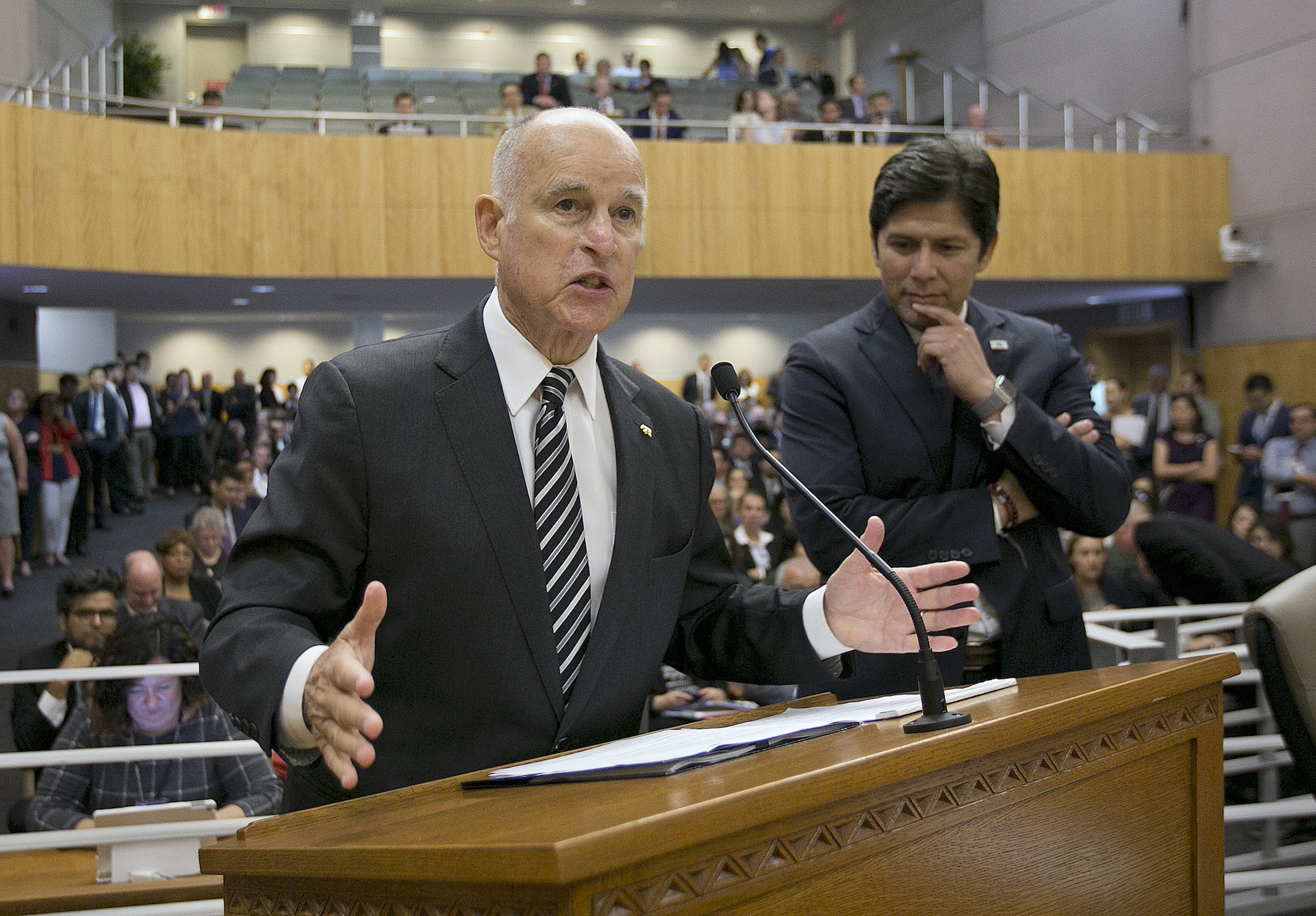
In 2017 then State Senator Kevin De Leon (right) proposed a different form of cap and trade which environmental justice advocates endorsed. After that bill failed, De Leon eventually voted for the scheme negotiated by Gov. Jerry Brown (left), which stripped away local air pollution laws. Rich Pedroncelli / AP Photo
Even some of the people who supported continuing California’s cap-and-trade package now think it might have been a bad bargain. Back in 2016, David Pettit, a lawyer with the National Resources Defense Council who sues polluters, cheered the reauthorization because it came packaged with another bill, AB-617, aimed directly at curbing local pollution and stopping polluters from dumping on poor people. But that legislation hasn’t turned out as well as he had hoped.
“While there have been a lot of community meetings, nothing has happened in terms of strengthening local regulations or helping to clean up polluting facilities,” said Petit, who explained that he’s still glad to have cap and trade to address the global climate crisis — even though the jury is still out on how effective it is.
Pettit holds out some hope that AB-617 is just a late bloomer. So does Berkeley’s Meredith Fowlie, who argues that it relies on grassroots organization: A key element of AB-617 is that it empowers people living near polluters — and that’s starting to happen. For instance, the priorities of community members in San Bernardino are guiding the law’s crackdown on idling Amazon warehouse trucks and providing funding for air filters at schools. That bottom-up approach takes time.
Step away from the squabbles over what might have been or the merits of one study over another, and it’s clear that almost no one thinks that putting a price on carbon is inherently evil. The real concern of environmental justice advocates is that carbon pricing efforts like cap and trade just aren’t as effective as straightforward laws that restrict pollution — especially for the communities they represent.
So what does California’s experience teach us about federal climate policy? Let’s return to our speculative future where AOC and The Squad are deciding if they should kill Biden’s climate bill. Texts fly across Washington, D.C., and a frazzled posse of staffers meets on Zoom to see if there’s any way to salvage a deal.
If the aides were paying attention to what was going on out West, they’d know that the problem with California’s approach, Fowlie said, was that it promised to do everything through carbon pricing. “It was trying to address two fundamentally different issues with one instrument.” That instrument, cap and trade, is simply not a good way to control local pollution.
A better path, Fowlie said, might be to bundle cap and trade with other policies in one legislative package that gives local communities more authority to regulate air pollution. That way, all these different tools can complement each other. “Carbon prices are a great way to raise revenue, which could be earmarked for those fenceline communities,” Fowlie said.
For Stanford’s Cullenward, the devil’s in the details: “Is it carbon pricing and all the other things that are going to do most of the work? Or is it carbon pricing instead of some of the things we really need to do the work? If carbon pricing is on top of everything else: Do it, do it, do it! If it brings in extra voices and political support, you grab anything that does that.”
In the end, the lesson from California may be a cautionary one: If you have to trade away regulations that are already driving down emissions in exchange for an industry-supported price on carbon, it’s probably a hard pass. If, on the other hand, the carbon price is just part of a larger omnibus bill that maintains and strengthens existing pollution laws, progressives and environmental justice advocates might come around to support it.
Whatever the solution you recommend, if you start with the history and evidence from California, you’ll be a lot more likely to save the day, and maybe the world.
